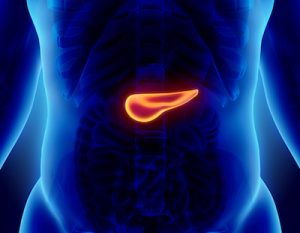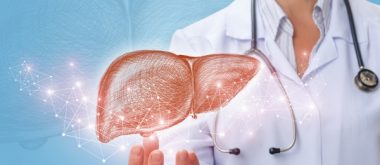Pancreatic cancer is still one of the deadliest forms of cancer. It has a higher percentage of fatalities than any other similar disease.
At present, there is a 20-percent survival rate at the end of the first year, and only seven percent will survive the five-year mark. Taking steps to prevent the disease is more effective than seeking treatment after it has developed.
The Reason for Low Survival Rates
When pancreatic cancer is discovered, it is usually too late. It is nearly painless in the early stages, and there are few symptoms at this point. By the time symptoms appear, it has already spread significantly, and then it is too late to cure it. This year, it is estimated that there will be over 56,000 new cases in America and almost 46,000 deaths from the disease.
Lack of Tools for Screening
One of the reasons for detecting this disease so late is that there are no tools yet that can be used to effectively screen for it. Testing may be given to people who are known to be at high risk for this disease (genetic or family history) using ultrasound or MRI. Research is currently being conducted to find new ways to detect it.
Even when the disease can be treated, only ten percent will survive the five-year mark. If the tumor can be completely removed, the survival rate may increase to 20 to 35 percent.
The Symptoms
While the early stages may be almost symptomless, several symptoms will be observed in the advanced stages. They may include the following:
Abdominal pain
- Jaundice
- Nausea and vomiting
- Weight loss
- Back pain
- Dyspepsia/reflux
- Change in bowel habits
- Depression
- New onset diabetes
- Blood clots
- Lethargy and fatigue
Reducing Your Risk of Cancer
Some of the factors of pancreatic cancer are known. Despite this, there is no sure way to reduce your risk. The best thing you can do is eliminate those things in your life that are most likely to increase your risk of pancreatic cancer and many other health problems, too.
Those risk factors include:
This is one of the biggest risk factors for this type of cancer. It has been identified as the cause in 25 percent of the cases. It is also known to cause many other types of diseases. Quitting smoking altogether will lower your risk over time.
Losing weight can be achieved rather easily by eating a healthy diet consisting of more fruits and vegetables than what most people eat. Eating poultry and fish is also better than red meat. Being overweight increases your risk by 20 to 50 percent, as well as your risk for other similar diseases.
Type II diabetes is responsible for a two-fold increase in pancreatic, kidney, breast, colorectal and bladder cancers.
Getting regular exercise will help control diabetes and prevent weight gain. This is believed to help reduce your risk because it decreases insulin resistance, DNA damage and body weight.
Whether or not alcohol is a risk factor is not certain. What is known is that it does lead to chronic pancreatitis, and this problem is a known factor of this disease.
Age is also a risk, but there is nothing you can do about that. Nearly all patients are over 45, and 71 is the average age.
Treatment
Treatment for this disease will vary based on how far it has progressed. Scans and other tests may only partly reveal how far it has spread. This means doctors may go in to perform surgery and then discover that it has spread further than they had thought. If that happens, they will likely only take part of it out and leave the rest because it would be more dangerous to remove it.
Surgery is generally the first form of treatment, but each treatment will depend on your health. Radiation and chemotherapy may follow, or you may be recommended special treatments such as immunotherapy or targeted therapy.
Because pancreatic cancer is more likely as you get older, it is important to start reducing your risk as soon as possible. Much is still unknown about it, but playing it as safe as possible may help you to avoid it.

 Abdominal pain
Abdominal pain



